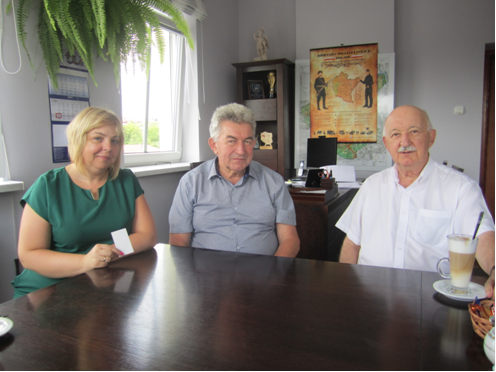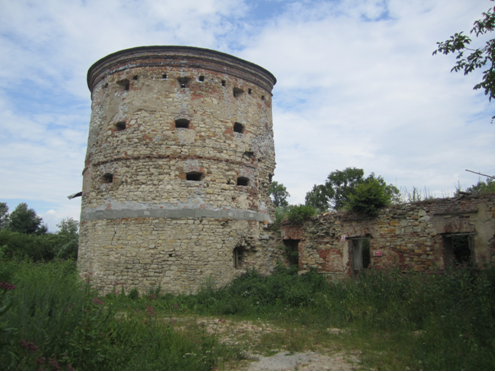
World Institute for
Engineering and Technology Education (WIETE)
SERVING THE INTERNATIONAL ENGINEERING AND TECHNOLOGY COMMUNITY
| WIETE NEWS |
||
The picture shows (l-r) Ms Renata Mikłasz, Mr Wacław Szkoła and
The Pruchnik castle’s north-west tower under restoration,
|
22 July 2019 |
|
The talks were wide-ranging, but the particular focus was on the district’s plans in regard to selected items that pose architectural, engineering, educational, financial and other challenges; namely, a low-cost, environmentally friendly residential heating system based on a naturally-occurring hot water supply, a prospective recreational complex with geothermal pools and other water attractions, and the old tower presently under restoration located on the eastern site of the town - the latter two being the likely drawcards for attracting more tourists to the region. The natural hot water-based heating system and the geothermal water complex are in the sphere of longer-term plans, much dependent on the developmental directions of the Jarosław County and Subcarpathian Voivodeship of which Pruchnik is a part. However, the old tower is currently at the centre of attention. Its history goes back to the 15th Century. According to the monograph Pruchnik: Studies of the History of the Town and its Surroundings (edited by Marian Wolski), a defensive fortalicum was established, and in the 16th Century the tower was rebuilt into a fortified, brick-and-stone castle on a quadrangle plan, with two corner towers and moats on four sides. Recently, the north-west tower, one of the surviving parts of the castle, has been partially restored in accordance with Polish built and cultural heritage standards. The regional government plans regarding the tower are bold and far-reaching. They aspire to restore more parts of the castle, drain the adjacent ponds and create a park with old species of trees that would complement the built heritage of this site. The challenges are numerous, including the financial basis for further restoration and re-development. The WIETE directors suggested establishing a fund under the auspices of the Pruchnik Land Lovers’ Society (Stowarzyszenie Miłośników Ziemi Pruchnickiej) that could attract much-needed financial support from across Polish society and from abroad. There is a scope for further discussion and potential cooperation between the Pruchnik district administrators and the WIETE international network, but no specific details were stated at this stage. The visitors also commented appreciatively on the recently-held Pruchnik Days - an annual event celebrating the town, its surroundings and their inhabitants through folk and modern music and dance, as well as the so-called Sochaczki - a town fair showcasing household items, artefacts and souvenirs made with long-forgotten in other regions of Poland, traditional tools and methods, such as clay pottery made on the potter’s wheel, hand-woven wicker baskets and a range of other products.
| ||

